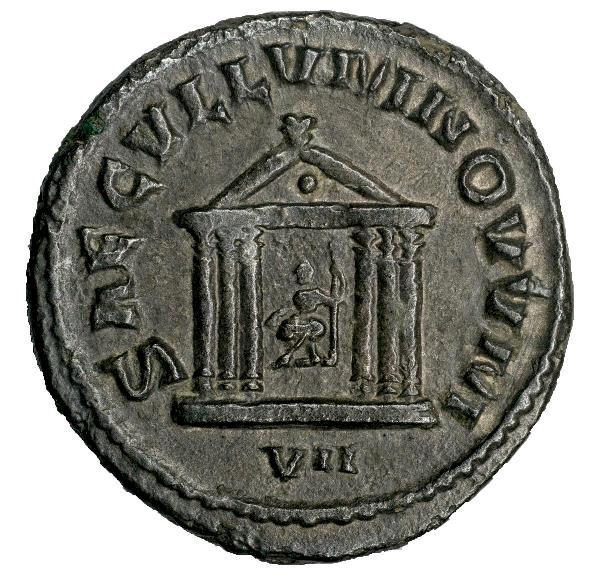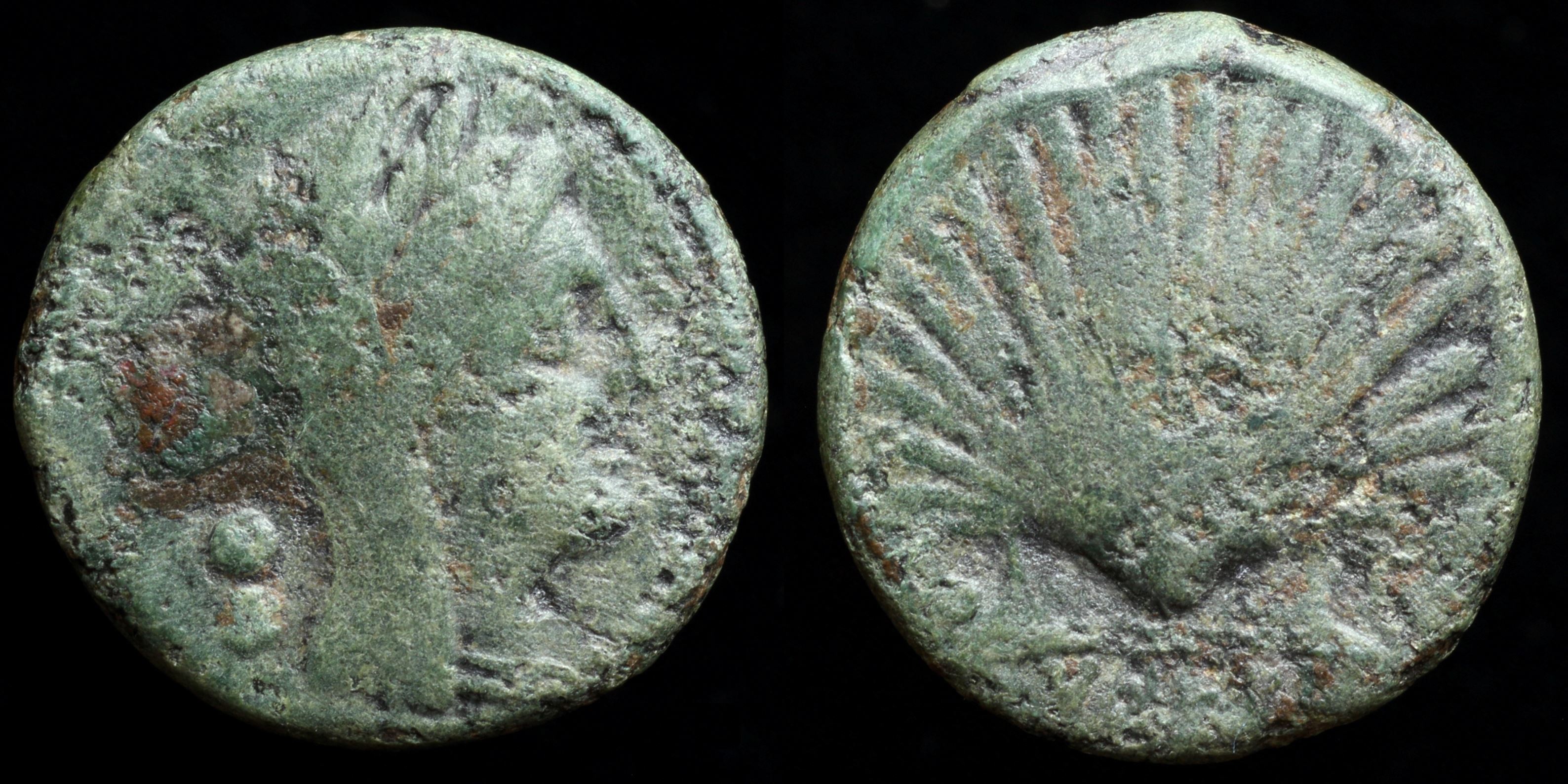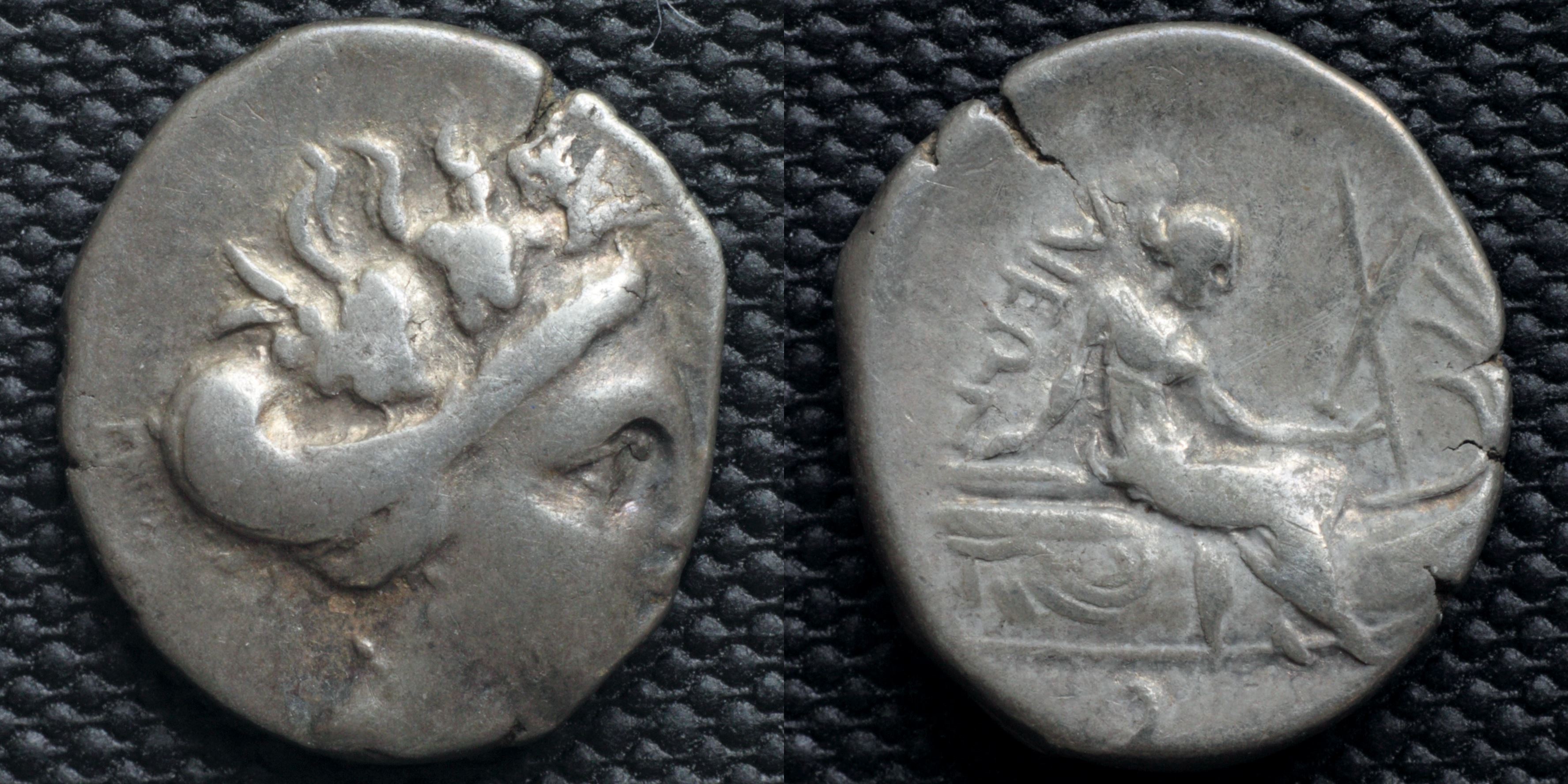There are two possible explanations for this:
If the former, patience is key - this site covers thousands of entities, and all must have a manually created description written.
If the latter, try renaming the property - 'Domitian as Caesar' has no description, but 'Domitian' does.


Reverse: Scallop shell, LO / VCERI
Die Orientation: -
Weight: 5.8 g

Reverse: Soldier (or Mars?) standing facing, head right, left foot on lorica, holding inverted spear in right hand and sword in left; to right, recumbent bull facing, head left; I in exergue.
Die Orientation: -
Weight: 3.75 g
Provenance: Roma Numismatics Auction XVI (26 September 2018), lot 537. Ex Bolaffi Spa, Auction 29 (30 November 2016), lot 80.
.png)
Reverse: Oath-taking scene: Youth kneeling by standard, holding pig at which eight soldiers (four on each side) point their swords, C in exergue.
Die Orientation: -
Weight: 3.64 g
.png)
Reverse: Soldier(or Mars?), nude to waist, standing facing, helmeted head turned right, holding lance with his right hand, sword in his lowered left hand; on left, four shields attached to a tree, on right, forepart of bull reclining right, in exergue, IIIV.
Die Orientation: -
Weight: 3.72 g

Reverse: nymph Histiaia seated right on stern of galley, holding stylis; ornate apluster; IΣTI_AIEΩN, crescent below
Die Orientation: -
Weight: 1.74 g
